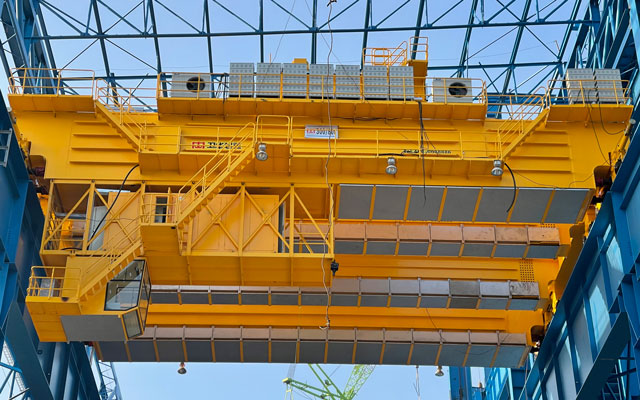
In the world of heavy lifting, where tons of material need to be moved with precision and power, two titans dominate the landscape: the Overhead Bridge Crane et le Grue à portique. While they share the fundamental goal of lifting massive loads, their designs, strengths, and ideal applications differ significantly. Choosing the right one isn’t just about lifting capacity; it’s about matching the crane to your space, workflow, and budget. Let’s break down these industrial workhorses.
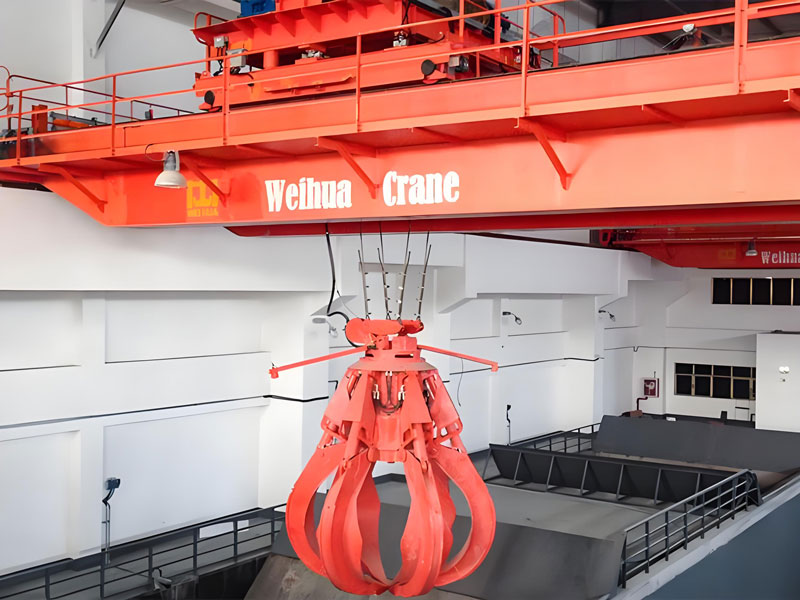
1. The Overhead Bridge Crane (OBC):
The Structure: Picture a bridge spanning the width of a building, running on elevated rails fixed to the building’s support columns or runway beams high up near the ceiling. This is the bridge girder. A trolley, carrying the hoist (the lifting mechanism), travels along this bridge girder. The entire crane system moves along the length of the building on the fixed runways.
The Environment: King of the indoor realm. Overhead cranes are integrated into the building’s structure itself. They utilize the headroom above the working floor, freeing up valuable floor space below for machinery, storage, and personnel movement.
Nickname: Often called a “Bridge Crane” or “EOT Crane” (Electric Overhead Travelling).
2. The Gantry Crane:
The Structure: Imagine a freestanding frame, like a giant goalpost on wheels (or rails). It has one or two robust legs supporting a bridge girder that spans between them. A trolley and hoist travel along this girder. Crucially, the entire crane structure – legs and all – moves along tracks or wheels on the ground floor.
The Environment: Master of flexibility. Gantry cranes excel outdoors (like shipyards, lumber yards, intermodal terminals) but are also used indoors where installing an overhead crane isn’t feasible (Par exemple, no suitable support columns, low headroom, temporary needs). They sit on the floor, requiring dedicated pathways.
Nickname: Sometimes called a “Portal Crane,” especially larger variants.
| Feature | Overhead Bridge Crane (OBC) | Grue à portique |
| Support/Structure | Mounted high on building columns/runways. Uses building structure. | Freestanding structure with legs on the floor. Self-supporting. |
| Mobility | Crane moves along fixed elevated runways. Trolley moves along bridge girder. | Entire crane (legs and girder) moves on floor rails/wheels. Trolley moves along girder. |
| Floor Space | Maximizes floor space. No floor obstructions (legs). | Uses floor space. Legs occupy space and define the work area. Requires clear paths for movement. |
| Headroom | Requires significant clear height above work area. | Needs less overhead clearance than OBC (but legs need space). |
| Installation | Complex. Requires robust building support. Often involves structural modifications. Higher initial cost. | Generally simpler. No building modifications needed (if floor is suitable). Often lower initial cost. Easier to relocate. |
| Mobility/Relocation | Fixed location. Difficult and expensive to move. | Portable (especially smaller wheeled versions). Easier to relocate. |
| Typical Environment | Primarily Indoors (factories, warehouses, machine shops). | Outdoors (shipyards, construction sites, rail yards) or Indoors (where OBC impossible, assembly areas, maintenance bays). |
| Coverage Area | Typically covers a large rectangular bay within a building. | Coverage area defined by crane span and track/wheel path length. Can serve multiple bays sequentially. |
| Load Path | Moves loads directly within its bay without floor obstructions. | Load movement path must be clear of obstacles on the floor. |
| Cost Factor | Higher installation cost (building mods). Lower long-term footprint cost. | Lower initial hardware/install cost. Uses valuable floor space. |
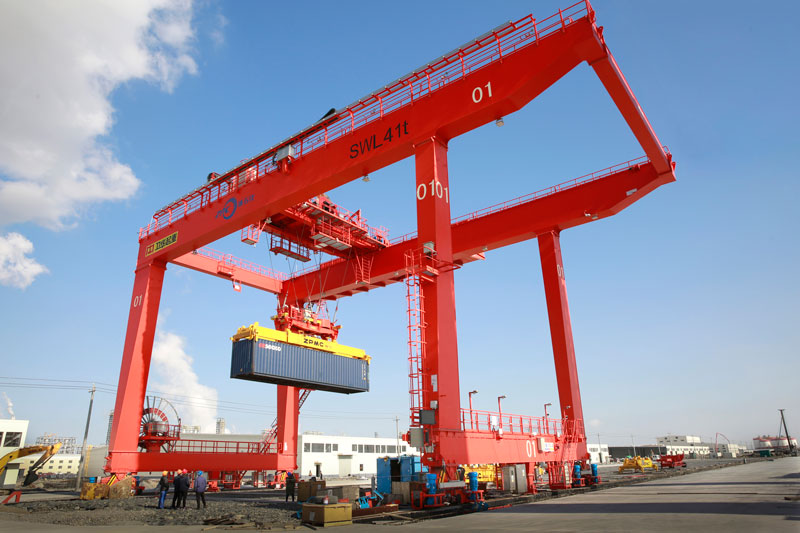
Choose an Overhead Bridge Crane if:
Choose a Gantry Crane if:

Both types come in numerous configurations:
Single Girder vs. Double Girder: Affects lifting capacity, hook height, and stability (double girder handles heavier loads and offers more hook height).
Top-Running vs. Under-Running (OBC only): Top-running (on rails atop support beams) handles heavier loads. Under-running (suspended from the bottom flange of runways) is lighter duty.
Full Gantry vs. Semi-Gantry: Semi-gantries have one end supported by a building column or wall, reducing leg footprint.
Rubber-Tired Gantry (RTG) vs. Rail-Mounted Gantry (RMG): Common in ports/terminals, RTGs offer great mobility, RMGs offer precision on fixed rails.
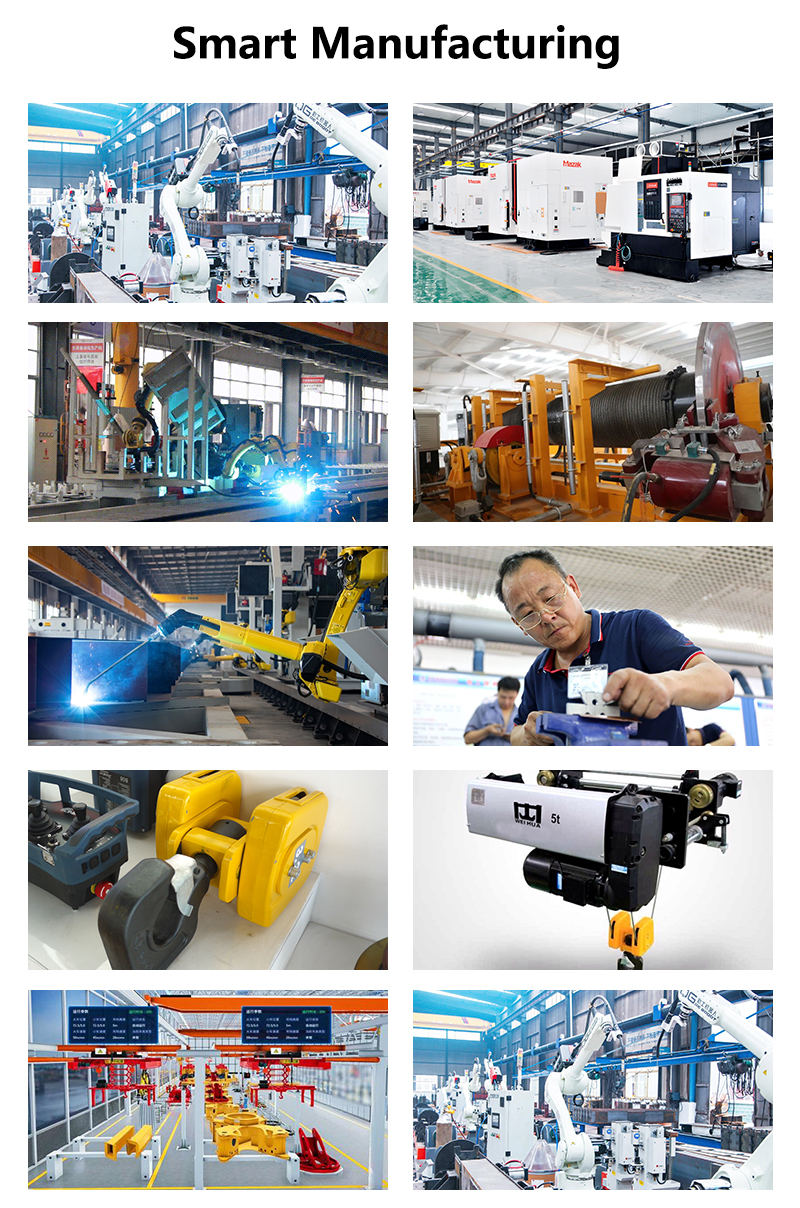
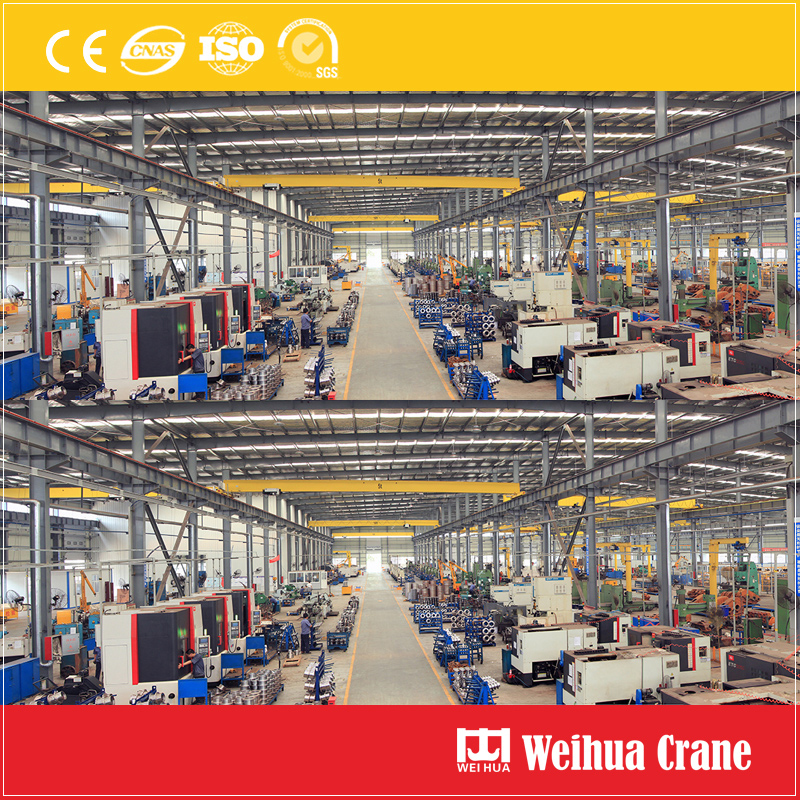
There’s no single “best” crane. The Overhead Bridge Crane reigns supreme for maximizing indoor floor space and efficiency in dedicated bays within structurally capable buildings. The Gantry Crane is the versatile champion of outdoor lifting, portability, and situations where overhead installation isn’t possible or practical.
Laissez votre commentaire ici